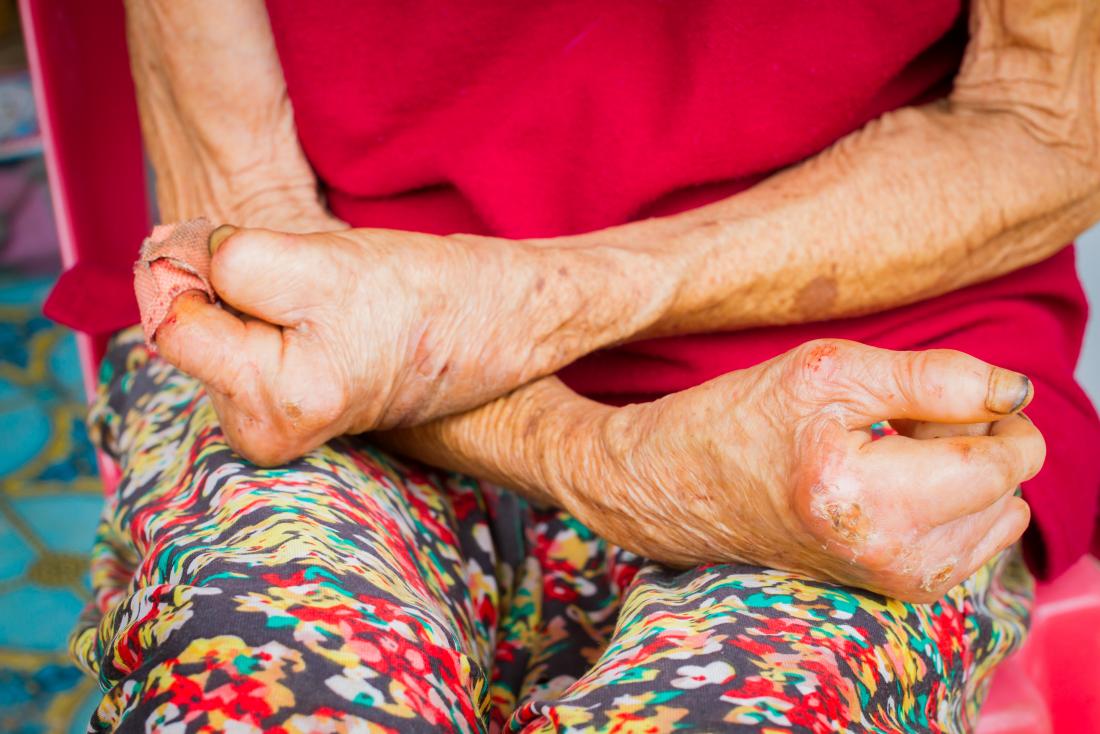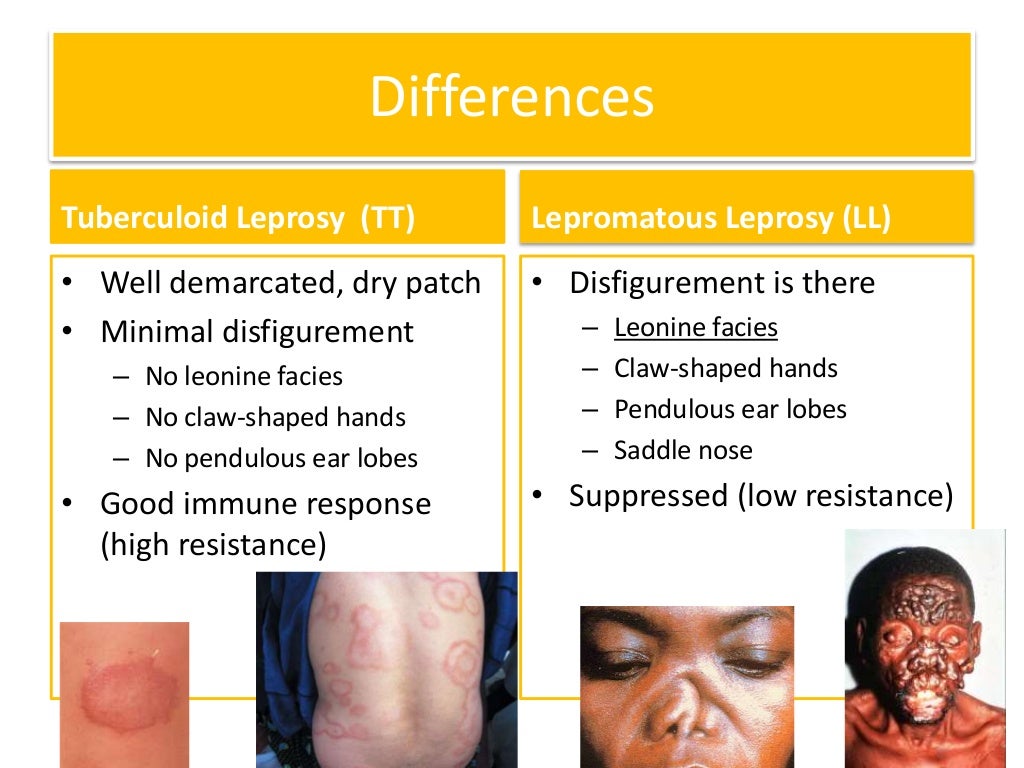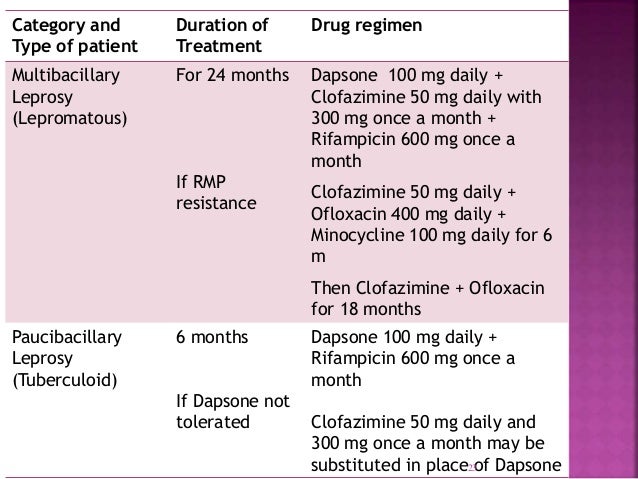treatment for tuberculoid leprosy Leprosy tuberculoid borderline
Leprosy, also known as Hansen’s disease, is a bacterial infection that can affect the skin, nerves, and mucous membranes. It is a chronic disease that has been around for thousands of years and has impacted millions of people worldwide. In this post, we will discuss the symptoms, diagnosis, and treatment options for this illness. The first symptom of leprosy is usually a patch of skin that is lighter or redder than the surrounding skin and does not have any feeling. The patches may appear on the face, arms, legs, or trunk of the body. Over time, the patches may become raised or have a shiny, scaly appearance. Without treatment, the affected areas may continue to lose sensation, and muscles may become weak or atrophied. Another common symptom of leprosy is nerve damage, which can cause a loss of feeling in the hands, feet, and face. This can lead to injuries, such as cuts and burns, going unnoticed and becoming infected. In some cases, the nerve damage can also cause muscle weakness, resulting in clawed fingers or toes. To diagnose leprosy, doctors will perform a physical exam and take a skin biopsy. This involves removing a small piece of skin from the affected area and studying it under a microscope to look for the bacteria that cause leprosy. Blood tests and skin smears may also be used to confirm the diagnosis. Treatment for leprosy typically involves a combination of medications, including antibiotics and anti-inflammatory drugs. The antibiotics work to kill the bacteria that cause the infection, while the anti-inflammatory drugs help to reduce the immune system’s response to the bacteria. Treatment should be started as soon as possible to prevent further nerve damage and disability. In addition to medication, people with leprosy may also need physical therapy to help manage muscle weakness and prevent further disability. Regular check-ups with a healthcare provider are also essential to monitor the progression of the disease and adjust treatment as needed. Overall, leprosy is a serious bacterial infection that can have long-lasting effects on the body. Early diagnosis and treatment are essential to prevent nerve damage and disability. If you notice any of the symptoms mentioned above, it’s important to seek medical attention right away. With proper treatment, many people with leprosy are able to manage their symptoms and lead healthy lives.
If you are looking for Leprosy: Symptoms, diagnosis, and treatment you’ve visit to the right web. We have 5 Pictures about Leprosy: Symptoms, diagnosis, and treatment like Leprosy, Leprosy and also Leprosy – an overview of clinical features, diagnosis, and treatment. Read more:
Leprosy: Symptoms, Diagnosis, And Treatment
 www.medicalnewstoday.comleprosy mycobacterium leprae infection caused
www.medicalnewstoday.comleprosy mycobacterium leprae infection caused
Treatment Of Leprosy - Clinics In Dermatology
 www.cidjournal.comleprosy
www.cidjournal.comleprosy
Leprosy – An Overview Of Clinical Features, Diagnosis, And Treatment
 onlinelibrary.wiley.comleprosy tuberculoid borderline
onlinelibrary.wiley.comleprosy tuberculoid borderline
Leprosy
 pt.slideshare.netleprosy tuberculoid lepromatous pendulous
pt.slideshare.netleprosy tuberculoid lepromatous pendulous
Leprosy
 www.slideshare.netleprosy regimen drug lepromatous
www.slideshare.netleprosy regimen drug lepromatous
Treatment of leprosy. Leprosy mycobacterium leprae infection caused. Leprosy regimen drug lepromatous